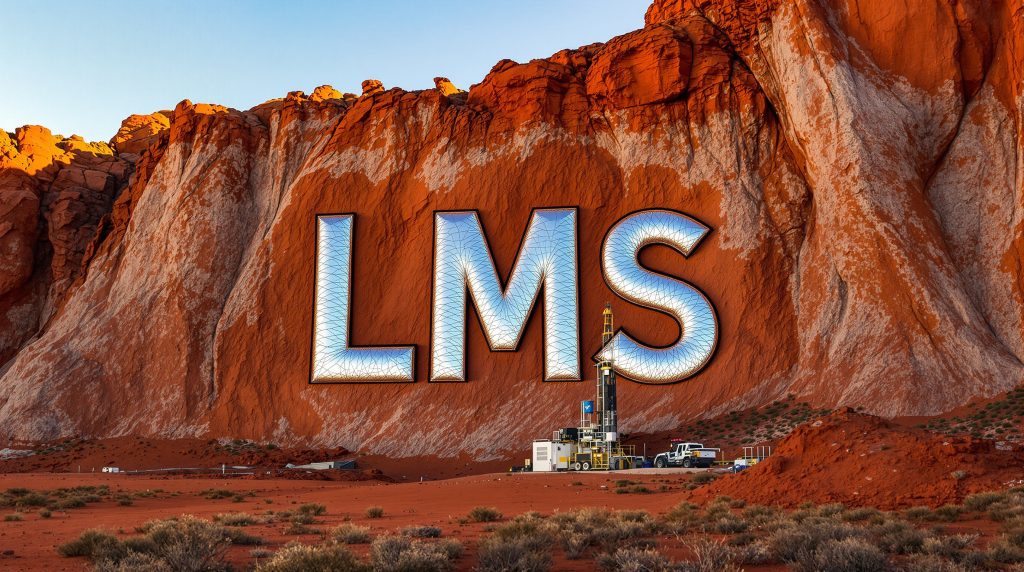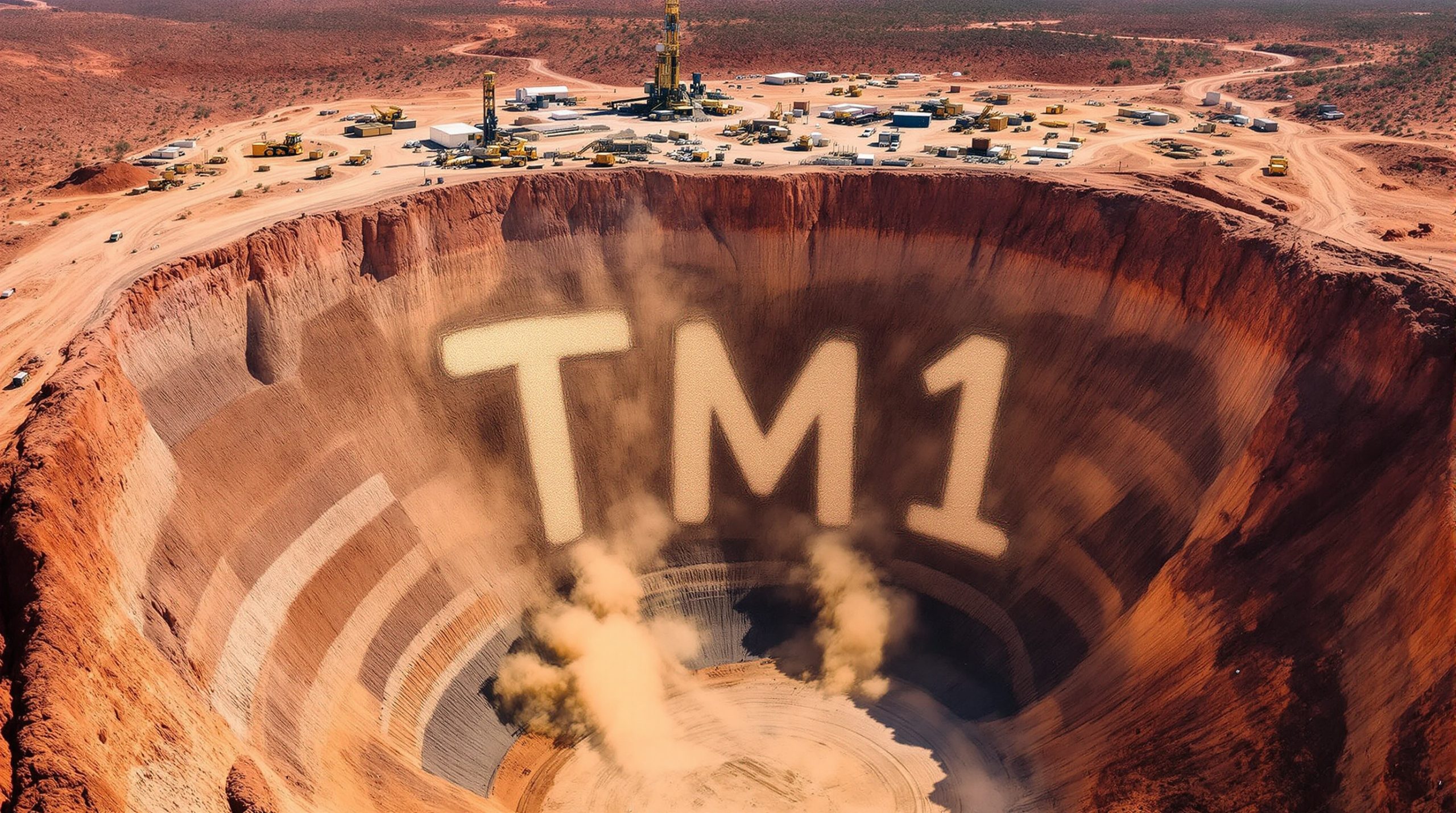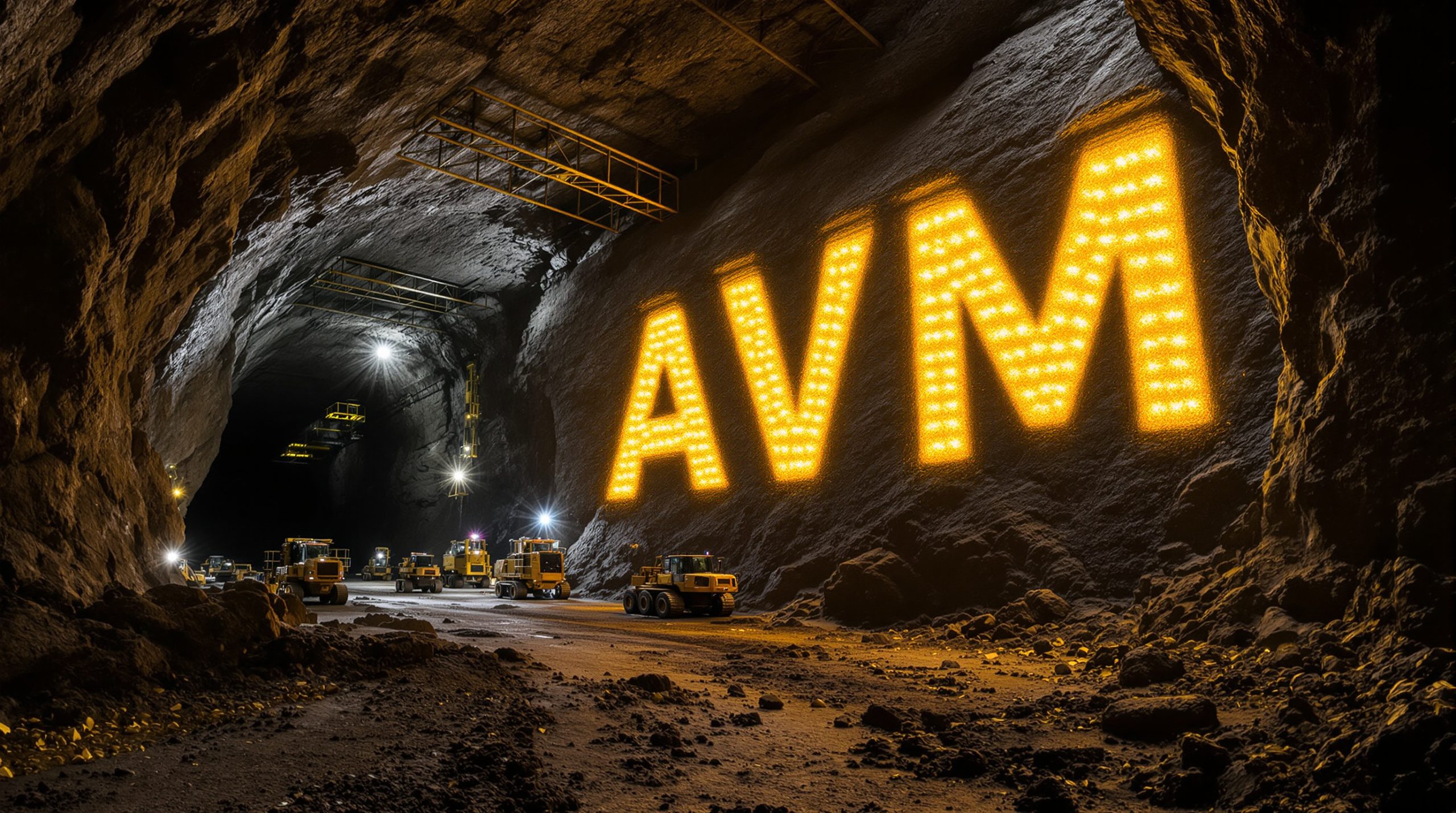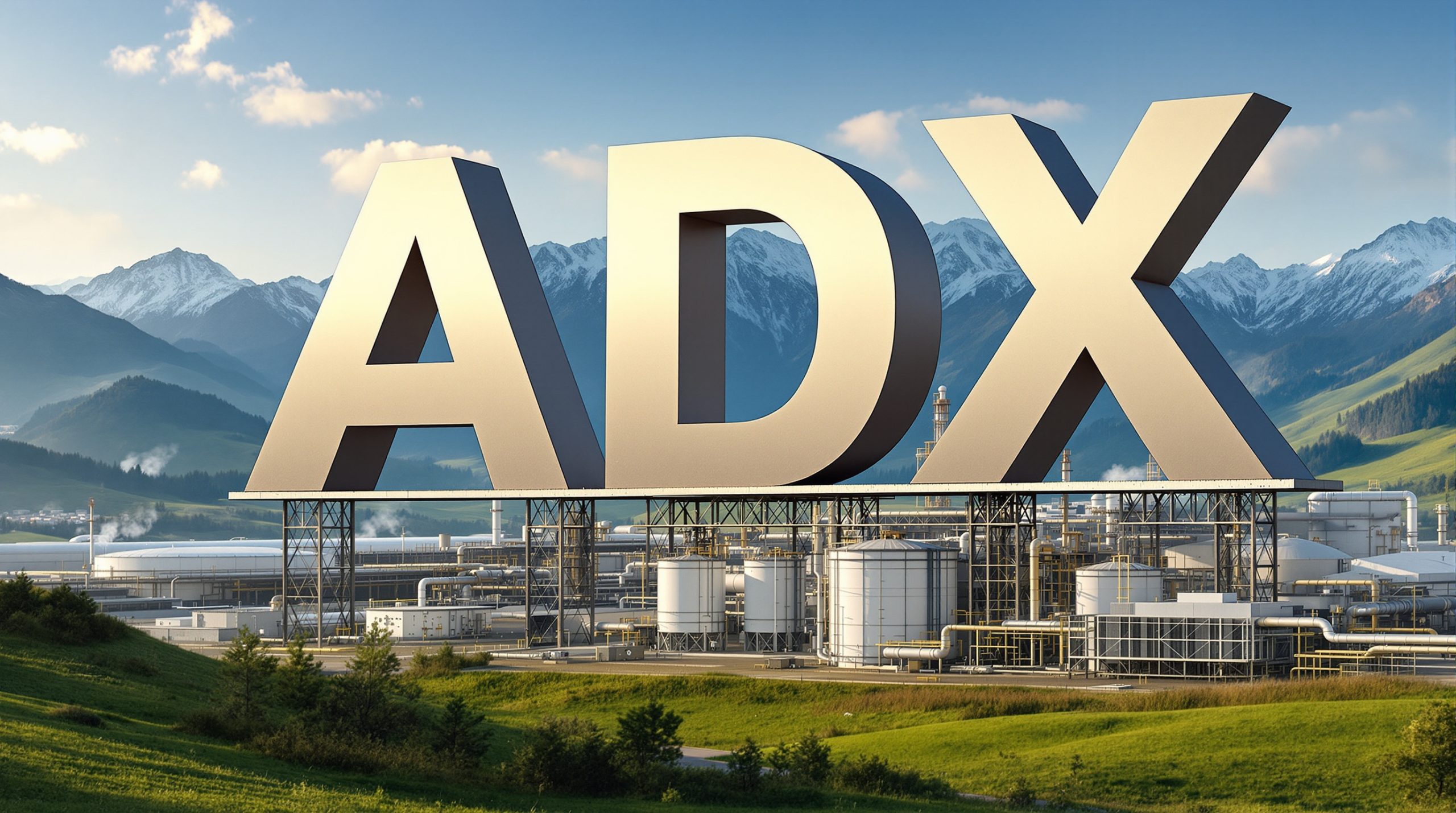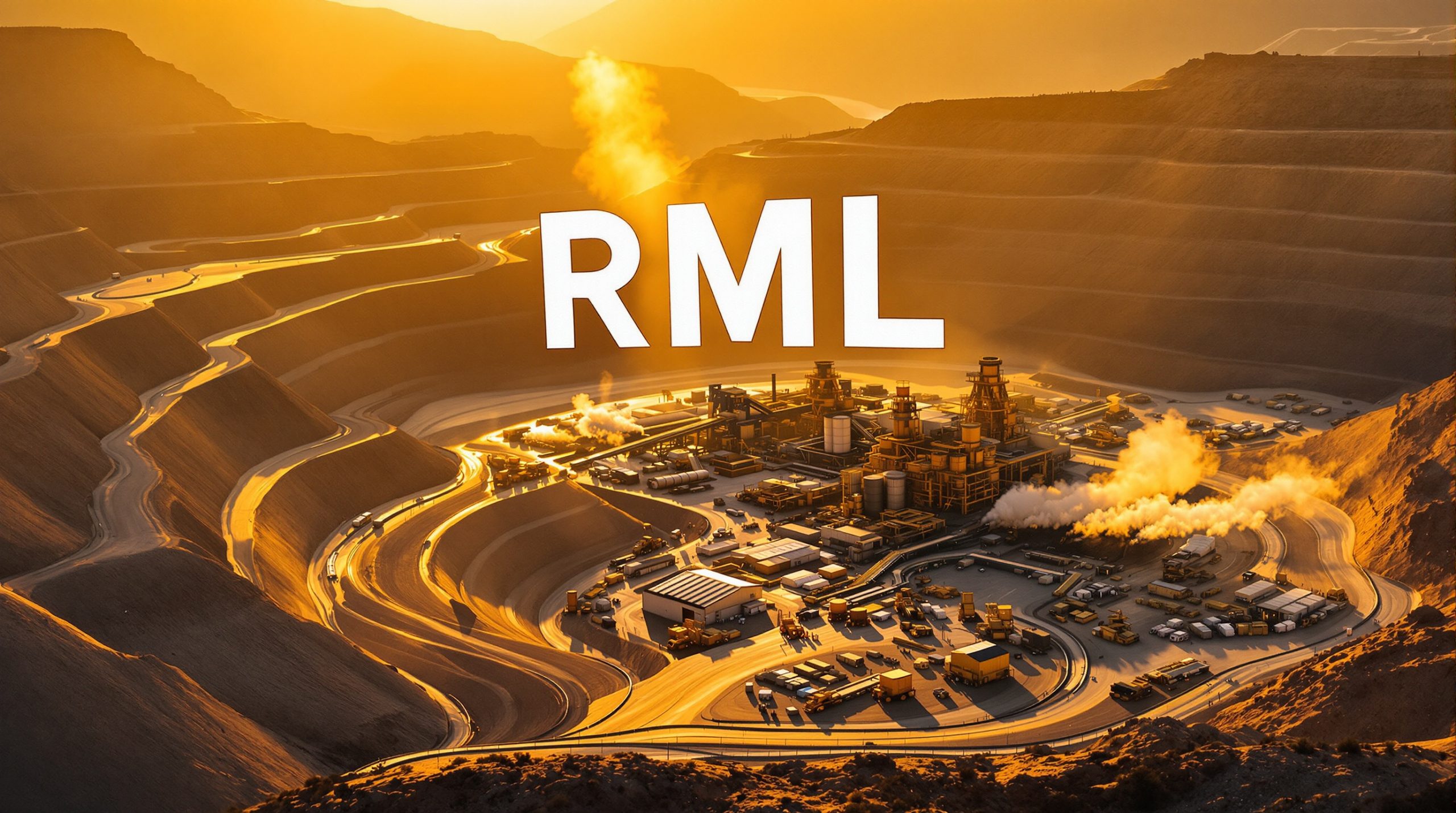Lucy Creek 2 Reveals High-Grade Manganese with Promising Hydrothermal Signatures
Laboratory assays from Litchfield Minerals Limited's (ASX: LMS) Lucy Creek 2 prospect have confirmed exceptional manganese grades up to 35.0% Mn, accompanied by significant barium content and base metal indicators that point to a potentially larger hydrothermal system rather than simple surface enrichment.
Record-Breaking Assays Confirm Hydrothermal Manganese Potential
Litchfield's latest laboratory results from Bureau Veritas have validated the company's exploration thesis at Lucy Creek 2 in the Northern Territory. Surface sampling yielded impressive manganese grades reaching 35.0% Mn, with consistent barium content up to 2.95% Ba (indicative of barite), and meaningful pathfinder elements including lead, zinc, silver, and cobalt.
The assay results confirm a critical geological distinction – Lucy Creek 2 displays clear signatures of a hydrothermal manganese system rather than conventional supergene enrichment. This classification significantly upgrades the prospect's potential scale and economic viability.
"Laboratory assays have upgraded Lucy Creek 2 to a highly compelling hydrothermal manganese opportunity with genuine base-metal credentials," stated Litchfield's Managing Director. "Grades up to 35.0% Mn together with percent-level barium and anomalous base metal pathfinders are consistent with a potential hydrothermal origin for manganese. A hydrothermal origin opens the door to a potentially larger tonnage system than what would be expected from supergene enriched surface processes."
Sample Results Highlight Consistent Mineralization
Eleven rock chip samples were collected across the Lucy Creek 2 prospect, with consistent manganese enrichment observed in most samples. The results demonstrated the widespread nature of the mineralization:
| Sample ID | Mn % | Fe % | Ba % | Ag (g/t) | Pb (ppm) | Zn (ppm) | Co (ppm) |
|---|---|---|---|---|---|---|---|
| RCLCK010 | 35.0 | 1.13 | 2.77 | 6.8 | 423 | 378 | 666 |
| RCLCK011 | 27.8 | 16.0 | 0.94 | 4.8 | 1050 | 334 | 385 |
| RCLCK001 | 24.6 | 2.29 | 2.95 | 4.0 | 198 | 216 | 1260 |
| RCLCK002 | 25.2 | 27.2 | 0.31 | 0.8 | 613 | 322 | 139 |
| RCLCK007 | 21.9 | 18.9 | 1.30 | 4.4 | 476 | 318 | 331 |
The consistent presence of base metals and barite alongside high-grade manganese strongly supports the hydrothermal model proposed by Litchfield's technical team.
Understanding Hydrothermal Manganese Systems
Hydrothermal manganese deposits represent a fundamentally different opportunity compared to conventional supergene (weathering-enriched) deposits. While supergene manganese is typically limited to surface or near-surface accumulations, hydrothermal systems can extend to significant depths with multiple stacked mineralized zones.
Hydrothermal manganese forms when mineral-rich fluids circulate through rock formations, depositing manganese and other elements along fractures, faults, and permeable zones. Unlike supergene deposits that form through weathering processes, hydrothermal systems are created by the movement of hot, mineral-laden fluids that can penetrate deep into the earth's crust.
These systems typically show distinctive geochemical signatures, including:
- Elevated base metal content (lead, zinc, copper)
- Association with barium minerals like barite
- Presence of silver and other precious metals
- Consistent cobalt enrichment
- Structural control along faults and fractures
The hydrothermal origin at Lucy Creek 2 is particularly significant because:
- It suggests potential for greater vertical continuity and tonnage
- Hydrothermal systems are typically structure-controlled, making them more predictable for targeting
- They can contain higher-value mineral assemblages including industrial minerals like barite
- The association with base metals opens additional economic potential
A comparable hydrothermal manganese deposit cited by Litchfield is Bootu Creek in the Northern Territory, which contained 32.5Mt @ 22.6% Mn (OM Holdings Ltd, 2007).
Exploration Strategy and Timeline
With the current Share Purchase Plan (SPP) underway, Litchfield has outlined a clear pathway to advance the Lucy Creek 2 prospect:
- High-resolution airborne magnetics and radiometrics – Partially funded by the NT Government's $48,059 grant through the NTGS Geophysics and Drilling Collaboration program
- Ground electromagnetic survey – To map the subsurface extensions of the conductive manganese mineralization
- Borate-fusion analysis – To confirm absolute manganese and barium totals (addressing potential analytical biases)
- Targeted RC drilling – Scheduled for 2026 following comprehensive target definition
"Once funded from the current Share Purchase Plan, we intend to fly high-resolution airborne magnetics and radiometrics, partly funded by the NT Government, over Lucy Creek in 2025 to improve geological understanding, followed by targeted ground EM to assess subsurface Mn and sulphide distribution," explained the Managing Director. "The aim is clear: define ranked drill targets and commence first-pass RC drilling in 2026."
Why Hydrothermal Systems Matter for Investors
For investors considering Litchfield Minerals, understanding the significance of a hydrothermal manganese system is crucial. Unlike surface-weathering deposits that may be limited in scale, hydrothermal systems have the potential for:
- Greater depth extent – Mineralization can continue well below surface exposures
- Larger overall tonnage – Multiple stacked mineralized horizons can significantly increase resource potential
- Higher mineral diversity – The presence of barite and base metals adds potential economic value streams
- More predictable geometry – Structure-controlled mineralization allows for more efficient targeting
This geological distinction transforms Lucy Creek 2 from a simple surface manganese showing into a potentially significant mineral system with multiple commodity opportunities.
The Commercial Vision
Beyond exploration, Litchfield is already considering potential commercial pathways. The company plans to finalize product specification sheets and initiate NDA-backed discussions with manganese and industrial minerals buyers in parallel with the exploration program.
This dual-track approach – advancing exploration while simultaneously evaluating market opportunities – demonstrates management's commercial focus and potentially accelerates the path to value creation.
Why Investors Should Watch Litchfield Minerals
Litchfield Minerals represents a compelling opportunity in the critical minerals space with several key attributes:
- High-grade confirmation – Laboratory assays have verified exceptional manganese grades up to 35% Mn
- Expanded potential – Hydrothermal signatures suggest a larger, more extensive system than initially anticipated
- Multi-commodity opportunity – The presence of barite and base metal pathfinders offers diversified potential
- Government support – NT Government funding demonstrates third-party validation of the project's merit
- Clear exploration pathway – Well-defined next steps with near-term catalysts through 2025-2026
- Commercial focus – Early attention to product specifications and market discussions
With a combination of high-grade surface results, hydrothermal system potential, and a methodical approach to exploration, Litchfield Minerals is positioning itself as a significant player in the Northern Territory's critical minerals landscape. The upcoming geophysical programs and subsequent drilling will provide investors with multiple catalysts as the Lucy Creek manganese discovery by Litchfield Minerals Ltd advances toward resource definition.
Ready to Invest in High-Grade Manganese with Hydrothermal Potential?
Discover how Litchfield Minerals' Lucy Creek 2 prospect could transform from a high-grade manganese discovery into a significant multi-commodity opportunity with extensive hydrothermal system potential. With impressive grades up to 35.0% Mn and a clear exploration pathway supported by NT Government funding, now is the time to evaluate this investment opportunity. Visit www.litchfieldminerals.com.au to learn more about their critical minerals portfolio and upcoming exploration catalysts.
